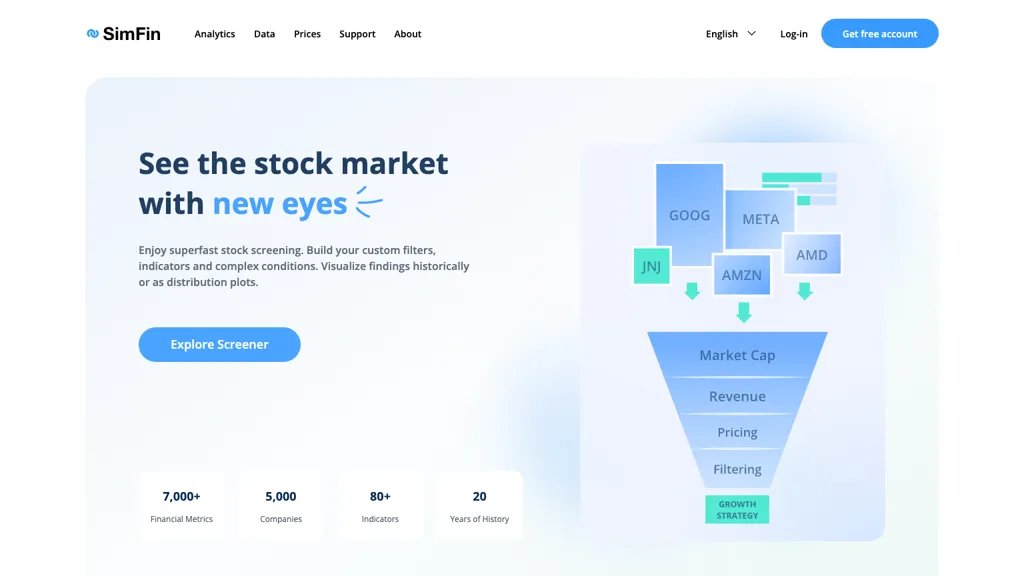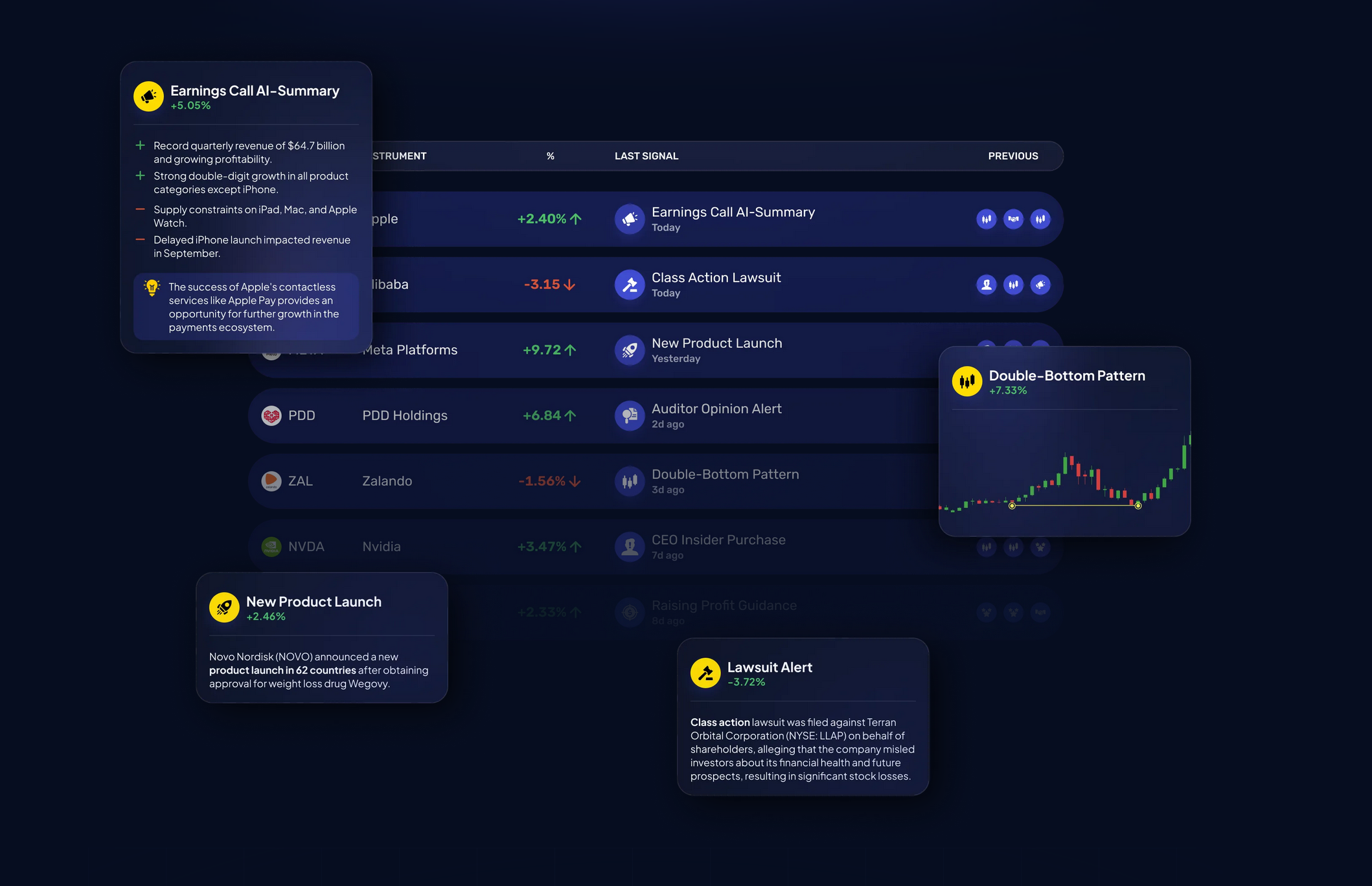20 Handy Tips On Selecting AI Stock Trading Platform Sites
20 Handy Tips On Selecting AI Stock Trading Platform Sites
Blog Article
Top 10 Ways To Evaluate The User Experience And Interface Of Ai Platforms For Trading Stocks
The User Interface (UI), and User Experiences (UX) in AI trading platforms that predict/analyze the price of stocks play an important function in ensuring efficiency as well as satisfaction. Even if AI models are robust, a poorly designed interface could hinder the process of making decisions. Here are 10 tips to test the UX/UI on these platforms.
1. The ease of use and the user-friendlyness of the product are evaluated
Navigation Facilitate the platform to use by clearly defining menus of buttons and workflows.
Learning curve - Assess the speed at which a user is able to learn the platform and grasp the platform without a lot of training.
Consistency: Search for the same designs (e.g., button styles or colors, etc.)) across the platforms.
2. Make sure you check for customizability.
Dashboard customization: Verify if users can personalize dashboards to display relevant data, charts, and metrics.
Layout flexibility: The platform should allow users to move, rearrange, or move widgets.
Preferences and Themes: Determine that the application supports dark or light modes, or any other visual preferences.
3. Visualize Data
Quality of the chart: Make sure that the platform provides high-quality, interactive charts (e.g. candlestick charts, line charts) with zoom and pan functions.
Visual clarity: Ensure that the information is clearly presented by using labels, legends and tooltips.
Real-time update: Make sure that the visualizations reflect any developments on the market.
4. Test the responsiveness and speed.
Time to load: Make sure the platform loads quickly regardless of handling huge databases or complicated calculations.
Real-time performance: Make sure the platform can process data feeds instantly without lags or delays.
Cross-device compatibility: Check if the application works flawlessly across devices (desktop, tablet, mobile).
5. The accessibility of the facility should be evaluated
Mobile App: Ensure the platform offers an application for trading via mobile that is fully functional.
Keyboard Shortcuts: Ensure that your device supports keyboard shortcuts.
Accessibility features - Make sure that the application is compatible with accessibility standards.
6. Assess Search and Filter Functionality
Searching functionality: Ensure that the platform allows you to quickly search for indexes, stocks and various other assets.
Advanced filters - Find out whether users can apply filters, such as by sector, market cap or performance metrics, in order reduce the number of results.
Saved searches. Verify the platform's ability to allow users to store frequently used search terms or filters.
7. Check for Alerts, Notifications and Other Information
Customizable alarms: Make sure users are able to set up alerts to be specific for certain conditions.
Notification delivery: Determine whether notifications are sent via different channels (e.g., SMS, email, or in-app notifications).
Timeliness - Check that alerts are generated quickly and accurately.
8. Integrating Other Software
Broker integration: Ensure that the platform is integrated seamlessly to your broker account in order to facilitate trade execution.
API access: Find out if advanced users can access the API to create their own tools or workflows.
Third-party interfaces: Check if the platform has integrations with third-party tools (e.g. Excel or Google Sheets) and trading robots.
9. Evaluate Help and Support Features
Onboarding tutorials - Look to see if there are tutorials and walkthroughs available for new users.
Help Center: Check that the platform offers a comprehensive and well-organized help center.
Customer service: Examine to find out if the platform has responsive customer support.
10. Test Overall User Experience
User feedback reviews and testimonials are used to measure overall satisfaction of the users with the UI/UX platform.
Trial period: You can make use of a demo or a no-cost trial to test the platform and test its suitability.
Verify the platform's error handling.
Bonus Tips
Aesthetics is essential, a beautiful design can improve the user's experience.
Performance under pressure: Ensure that the platform is responsive and stable in conditions of high market volatility.
Go to the community or forums to find out if there's a user group in which members can share tips and give feedback.
Use these guidelines to evaluate the UI/UX on AI stock predicting/analyzing platforms. This will ensure that they are efficient and user-friendly. They should also be able to meet the requirements of trading. A good UI/UX can be an effective tool that will aid you in making better decisions and make better trades. Read the most popular ai for stock trading tips for website examples including ai investing platform, ai for stock predictions, ai trading tools, ai stock, best ai stock, best ai stock trading bot free, ai stock trading app, trading with ai, ai for stock trading, chart ai trading assistant and more.
Top 10 Tips For Evaluating The Effectiveness Of Ai Stock Predicting/Analyzing Trading Platforms
Analyzing the scalability of AI-driven stock prediction and trading platforms is vital to ensure they can handle increasing volume of data, demands from users and market complexity. Here are 10 best suggestions for evaluating the scalability.
1. Evaluate Data Handling Capacity
Tip : Find out whether the platform has the ability to analyze and process large datasets.
Why? Scalable platforms should be able handle growing volume of data without performance loss.
2. Test Real-Time Processing Ability
Check the way the platform handles real-time data streams such as news and stock prices.
What is the reason? Trading decisions that are real-time require analysis of data in real-time. Delays can result in missed opportunities.
3. Cloud Infrastructure and Elasticity
Tips: Find out whether the platform is cloud-based infrastructure (e.g., AWS, Google Cloud, Azure) and has the ability to scale resources in a dynamic manner.
Cloud platforms provide flexibility, allowing the system to expand or contract according to demand.
4. Algorithm Efficiency
Tip: Assess the computational efficiency (e.g. deep-learning and reinforcement-learning) of the AI models used for prediction.
The reason is that complex algorithms are resource-intensive. Optimizing them to make them scalable is important.
5. Study Parallel Processing and Distributed Computing
TIP: Check if the platform uses parallel processing or distributed computing frameworks.
The reason: These advanced technologies provide faster data analysis and processing across multiple nodes.
Examine API Integration, and Interoperability
TIP Check the platform's capability to connect with APIs from outside (e.g., market data providers, brokerage APIs).
What's the reason? Seamless integration with platforms ensures it can adjust to new sources of data or trading environment.
7. Analyze User Load Handling
Tip: Simulate the impact of high user traffic to test how the platform performs under pressure.
Why: A scalable platform will provide performance even when the number of users increases.
8. Examine the Model Retraining Adaptability
TIP: Assess how frequently and effectively AI models are being trained by new data.
The reason is that models must continuously change to keep up with the ever-changing market in order to remain accurate.
9. Verify Fault Tolerance and Redundancy
Tips: Make sure the platform has failover mechanisms and redundancy for hardware or software malfunctions.
The reason: Downtime is expensive for trading. Fault tolerance is therefore essential to scalability.
10. Monitor Cost Efficiency
Tips: Examine the costs of scaling the platform, which includes cloud resources, storage for data, and computational power.
Why: Scalability should not come at an unsustainable cost, so balancing performance and expense is critical.
Bonus Tip - Future-proofing
ensuring that the platform will be able to adapt to new technologies (e.g. advanced NLP, quantum computing) and regulatory changes.
Focusing on these aspects will allow you to assess the capacity of AI software for stock prediction and trading and ensure they are robust, efficient and ready for future expansion. See the most popular best ai trading platform hints for website advice including invest ai, investing with ai, ai stock analysis, best ai trading platform, ai options, chart ai trading, stocks ai, ai stock prediction, ai share trading, ai software stocks and more.